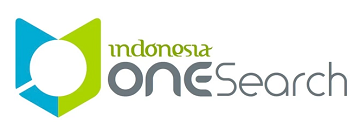Screening Plagiarism
Plagiarism and Self-Plagiarism:
All work in the manuscript should be free of any plagiarism, falsification, fabrications, or omission of significant material.
Authors are expected to explicitly cite others' work and ideas, even if the work or ideas are not quoted verbatim or paraphrased. This standard applies whether the previous work is published, unpublished, or electronically available. Failure to properly cite the work of others may constitute plagiarism. Plagiarism in all its forms constitutes unethical publishing behavior and is unacceptable.
Redundancy (or “self-plagiarism”) is an unacceptable publishing behavior. Redundancy can occur in at least two ways: (1) Authors recycle portions of their previous writings by using identical or nearly identical sentences or paragraphs from earlier writings in subsequent research papers, without quotation or acknowledgement; or (2) Authors create multiple papers that are slight variations on each other, which are submitted for publication in different journals but without acknowledgement of the other papers.
Authors can and often do develop different aspects of an argument in more than one manuscript. However, manuscripts that differ primarily in appearance, but are presented as separate and distinct research without acknowledging other related work, constitute attempts (whether unintentional or deliberate) to deceive reviewers and readers by overinflating the intellectual contribution of the manuscript. Since publication decisions are influenced by the novelty and innovativeness of manuscripts, such deception is inappropriate and unethical.
If exact sentences or paragraphs that appear in another work by the Author are included in the manuscript, the material must be put in quotation marks and appropriately cited.
Management and Sustainable Development Journal reserves the right to evaluate issues of plagiarism and redundancy on a case-by-case basis.
Every manuscript that has passed the editor's desk evaluation or before being published will be checked for similarity using Turnitin software. Documents must meet the maximum similarity limit of 30% to proceed to the review/production process.











